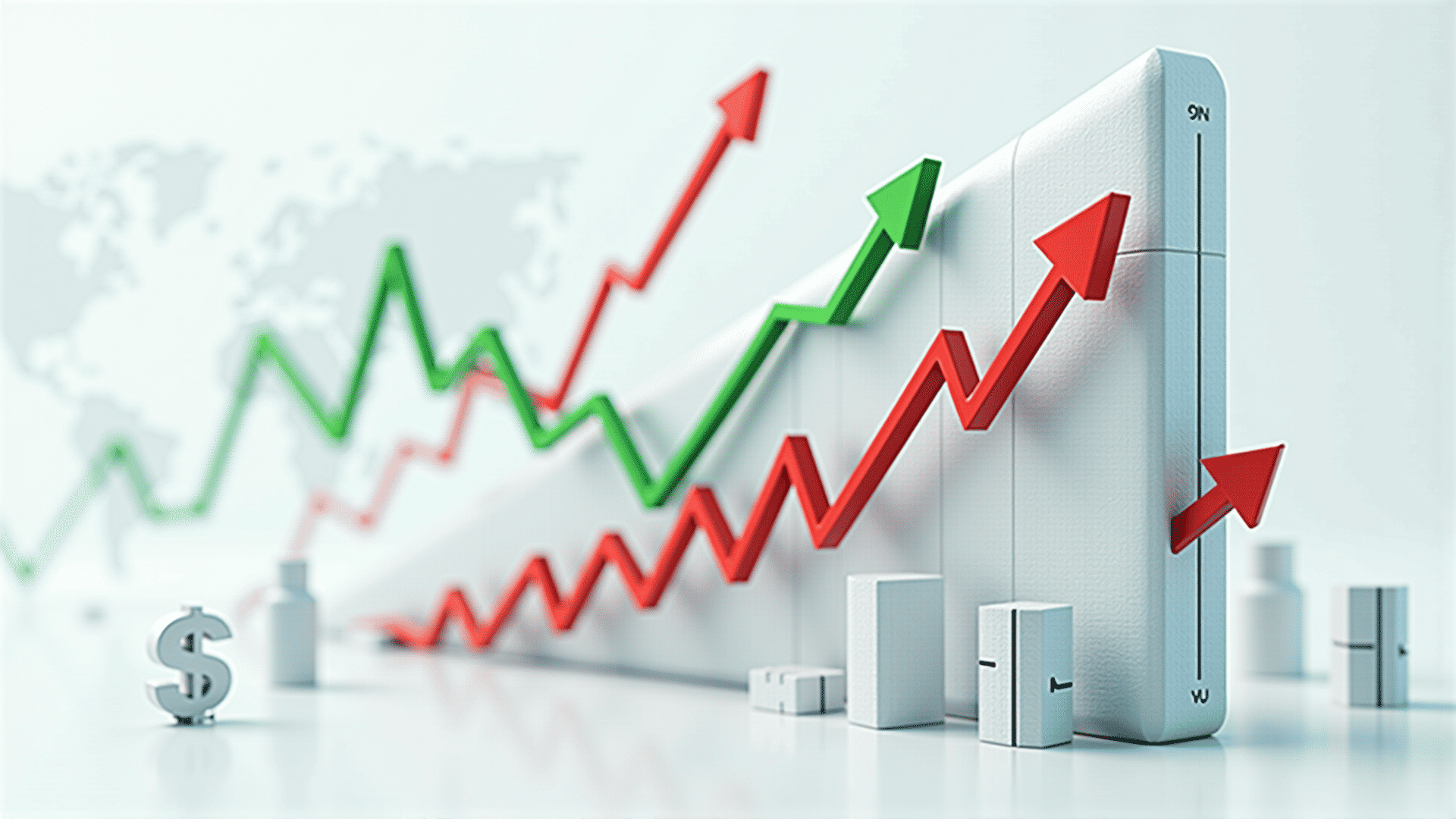Market dynamics are largely governed by the intricate interplay of supply and demand, two fundamental concepts that influence global trade and economic activities worldwide. These elements form the backbone of market operations, affecting everything from pricing strategies to production decisions.
The concept of supply pertains to the total amount of a specific good or service available to consumers. Producers, driven by various factors such as production costs, technological advancements, and resource availability, adjust their output levels to meet anticipated demand. The elasticity of supply, which measures the responsiveness of the quantity supplied to a change in price, is vital for understanding how producers react to market conditions. A more elastic supply indicates that a producer can increase production without a significant rise in cost, allowing quicker responses to market shifts.
On the other side, demand represents the consumers’ desire and willingness to purchase goods or services at a given price. Demand is influenced by factors such as consumer preferences, income levels, and the prices of related goods. When consumers expect prices to rise, they might purchase more immediately, driving demand upward—a phenomenon known as anticipatory buying. The elasticity of demand, similar to supply, shows how sensitive the quantity demanded is to a change in price. Greater elasticity means consumers can easily switch to alternatives if prices rise, affecting producers’ pricing strategies.
The interaction between supply and demand establishes market equilibrium, a state where the quantity supplied equals the quantity demanded. At this intersection, market stability is achieved, as both producers and consumers are satisfied. However, this equilibrium is often dynamic; shifts in either supply or demand can create temporary imbalances. External factors, such as political events, natural disasters, or technological breakthroughs, can lead to these shifts, pushing the market into periods of surplus or shortage until equilibrium is restored.
Global trade further complicates this dynamic, as it opens markets to international players. Countries focus on producing goods in which they have a comparative advantage, meaning they can produce at a lower opportunity cost than others. This specialization leads to more efficient resource use globally, enhancing overall output. However, global trade also introduces competition, compelling domestic producers to innovate and streamline processes to remain viable against foreign alternatives.
Moreover, trade agreements and tariffs play significant roles in shaping market dynamics. While trade agreements foster smoother transactions and reduced barriers, tariffs can increase the cost of imported goods, affecting both supply and demand. Such policies can protect domestic industries from international competition, but they may also lead to higher prices for consumers.
In summary, the forces of supply and demand are pivotal in determining market dynamics, influencing the availability and pricing of goods and services worldwide. Understanding these forces is crucial for navigating the complexities of global trade, ensuring that markets operate efficiently and remain resilient in the face of external changes. This delicate balance between supply, demand, and global competition continues to define the economic landscape, driving innovation, and growth in the process.
